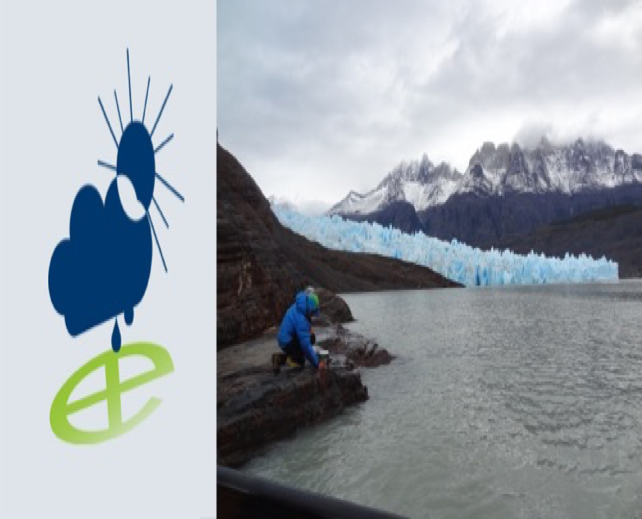Future Glacial Lakes in High Mountain Asia -
Modeling and Risk Analysis (GLAMoR)

Glacier and glacial lake at Gangrinchemzoe pass (Bhutan)
(Shuji Iwata, Tokyo Metropolitan University, Japan)
The increased glacial melting in nearly every glaciated region of the world not only increases the sea level rise and influences local water resources and hydrological processes but also leads to an increase in the formation of glacial lakes. Despite these lakes being potentially valuable for freshwater management or as tourist attractions, the danger of a glacial lake outburst flood (GLOF) needs to be considered. These floods are amongst the most dangerous natural hazards in high mountain areas and can pose an immense threat to people and infrastructures.
This project focusses on modeling subglacial bedrock morphologies in the mountains of Central Asia to detect overdeepenings and connect them to eventual glacial lake formation after the ablation of the overlying glacier. Furthermore, we will analyze the morphological risk of these future glacial lakes to determine locations with high probabilities of future GLOF events that would constitute a threat to humans and infrastructures. This project aims at increasing knowledge about the formation of glacial lakes and at furthering the understanding of GLOF hazards. The main tasks are:
-
modeling subglacial bedrock morphologies, locating overdeepenings and calculating the potential volume
-
estimating the reaction of Central Asian glaciers to multiple climate scenarios
-
estimating the risk potential of future glacial lakes due to terrain morphologies
-
development of an internationally applicable land-use-land-cover dataset and mapping of critical infrastructures
-
hydrological modeling of potential GLOF events at especially dangerous locations

Exemplary modeling at Biafo glacier shows a potential cumulative lake volume of nearly 2 bn. m³
Team
- Wilhelm Furian, M.Sc. (Humboldt-Universität zu Berlin)
- Prof. Dr. Christoph Schneider (Humboldt-Universität zu Berlin)
- Prof. Dr. Tobias Sauter (Humboldt-Universität zu Berlin)
Duration
The duration of the project is 4 years: 2019-2023
Funding
The German Academic Scholarship Foundation (Studienstiftung des Deutschen Volkes) is funding this project.
